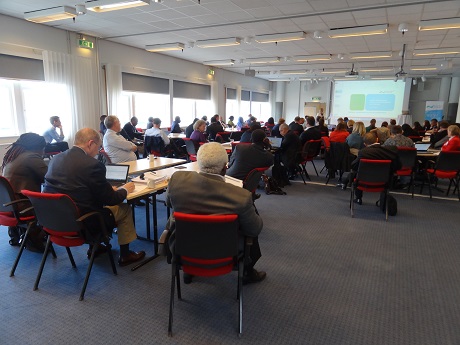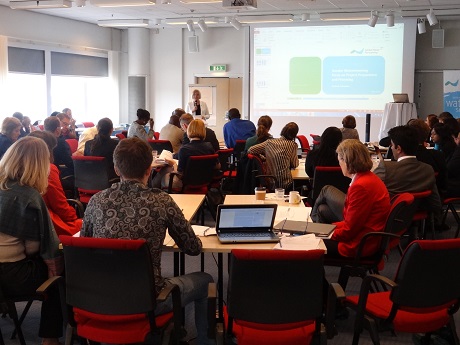As the network is preparing the 3-year work programme (2017-2019), discussions were held on how the network can stay relevant and continue as a frontrunner on global water issues in an ever-changing environment. As with other counterparts, GWP China produced a draft version of its 2017-2019 work programme ahead of the Regional Days that was discussed with colleagues from GWPO and other regions.
The discussion between GWP China and other counterparts during the Regional Days was conducted around the lessons learned from the first half of the strategy period, a re-examination of regional priorities, identification of new implementation pathways and mechanisms, and the need to raise funds locally.
It’s also the year of GWP to celebrate its 20th anniversary as the organization was founded in 1996 with its mission to advocate and promote for the adoption of Integrated Water Resources Management (IWRM). Nevertheless, while 20 years later, the context has changed. GWP China has updated its knowledge base and applications tools based upon the initiative concept. The IWRM approach, therefore, has been widely adopted in a number of policies and sectors at all levels. It has been moved from concept to practice through our regional experiences of many years. During the Regional Days, the participants agreed that the world would still face critical water challenges. In 2015, the World Economic Forum recognized water crises as one of the top 10 global risks to business and economic development.
Another new addition to the GWP network was the announcement at the meeting: new Chair Dr. Oyun Sanjaasuren. In the announcement, she was quoted as saying that “The world today is facing a number of challenges that are complex in nature and require a concerted effort of all of us. Ever-increasing population growth and demand for food, energy, and water will need solutions. If we continue the same path, we will need multiple planets by the end of the century.”

